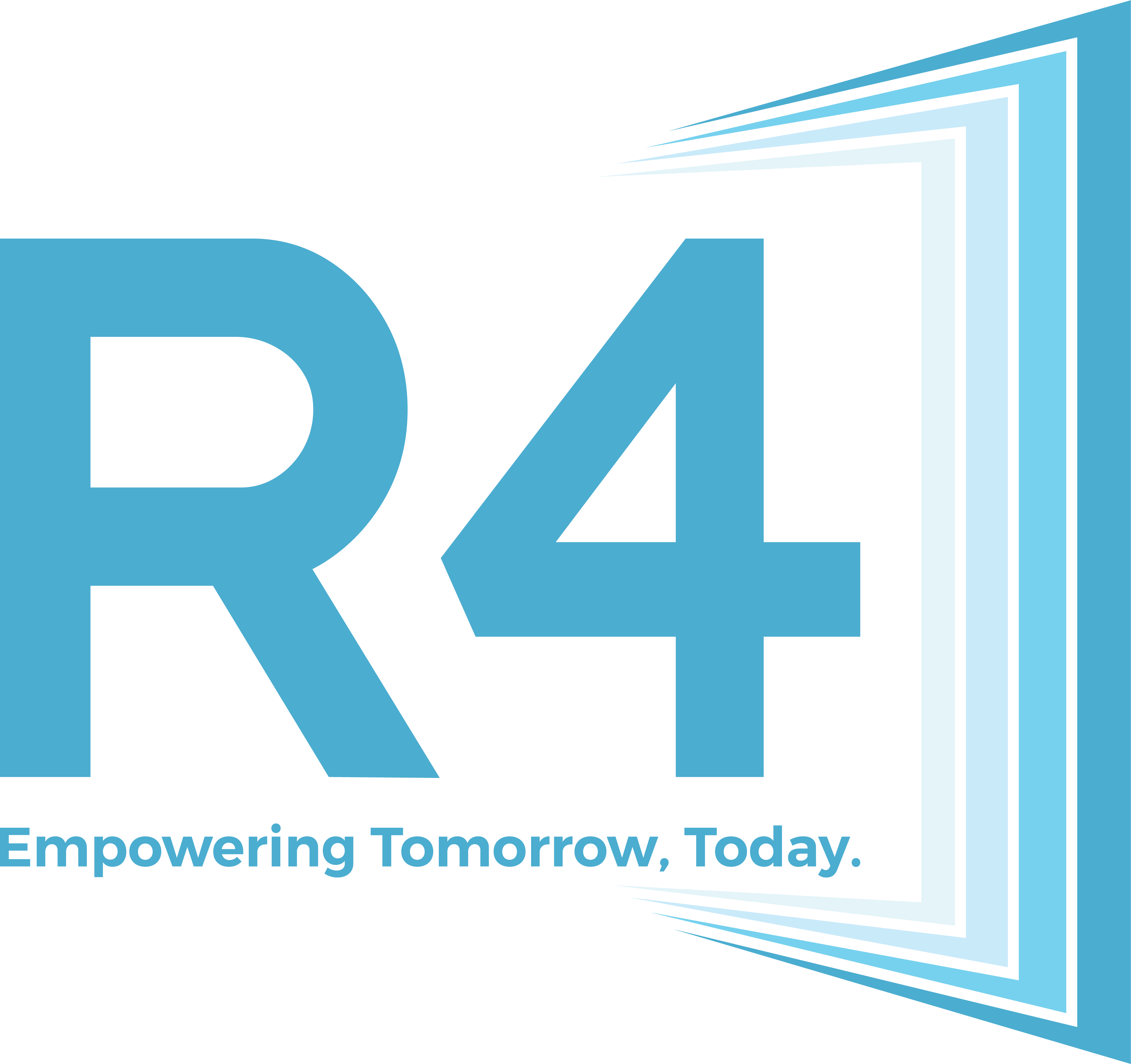The Role of AI in Workforce Transformation: Why Reorganization is Key
AI and Workforce Transformation: Optimizing Operations through Staff Reorganization
Artificial Intelligence (AI) is not only changing how businesses operate but also reshaping the workforce. AI is automating routine tasks and influencing decision-making processes, leading to an evolution in employee roles. To stay competitive, businesses must consider strategic staff reorganization.
The Impact of AI on Workforce Structure:
AI technologies are taking over tasks once managed by humans, such as data entry and customer service, and are moving into more complex areas like financial analysis. This shift requires companies to reconsider their workforce structure.
Key Workforce Trends Driven by AI:
- Automation of Routine Tasks: AI allows employees to focus on strategic work by handling repetitive tasks.
- Demand for Specialized Skills: As AI integrates into operations, the need for skills in data analysis, programming, and machine learning rises.
- Reskilling Imperative: Employees must be reskilled to remain valuable as AI reshapes their roles.
How Staff Reorganization Helps:
Staff reorganization can optimize AI-driven transformations by consolidating functions like payroll and real estate into a streamlined model, freeing up resources for reskilling and AI integration.
Key Benefits of AI-Focused Staff Reorganization:
- Cost Optimization: Consolidating costs frees resources for AI investment.
- Operational Efficiency: Streamlined workflows make it easier to integrate AI technologies.
- Reskilling Opportunities: A reorganized workforce ensures employees can transition into AI-driven roles.
Conclusion: AI is not just transforming business processes—it’s reshaping the workforce. To fully leverage AI, companies need to rethink their operational models through staff reorganization. Optimizing costs and reskilling employees will create a more agile, AI-ready workforce.









